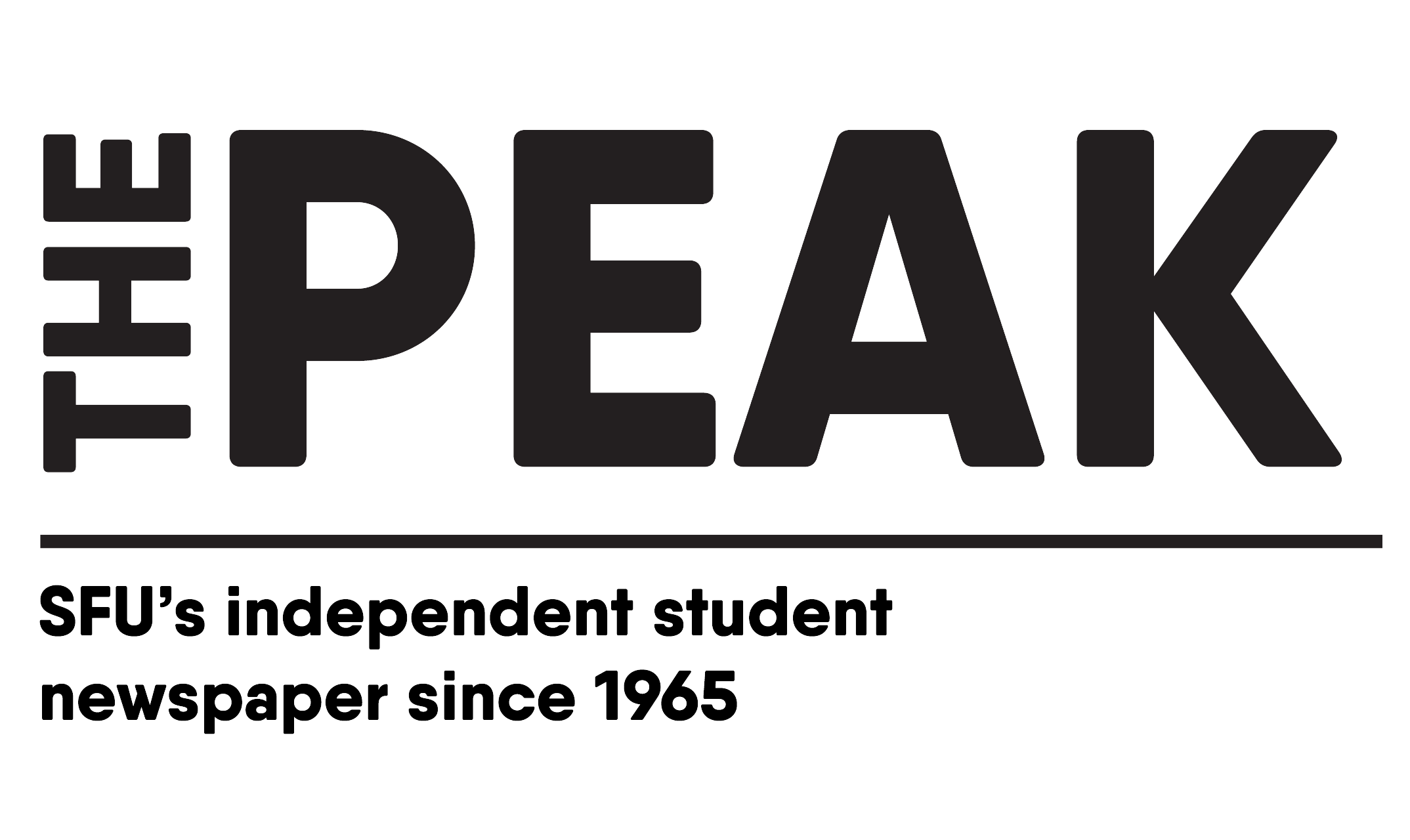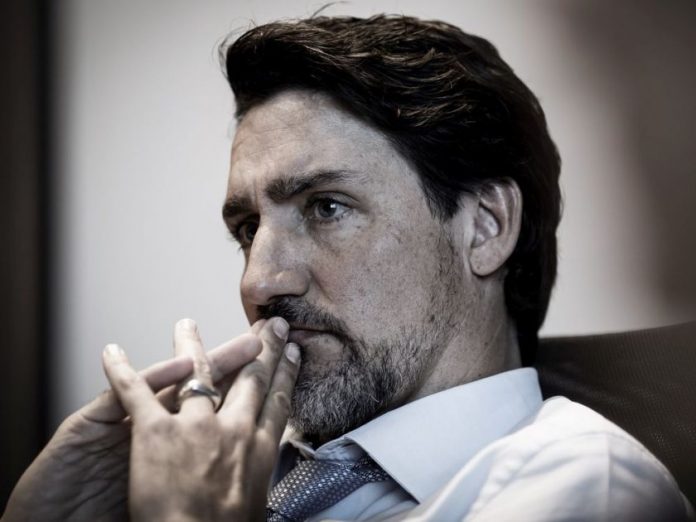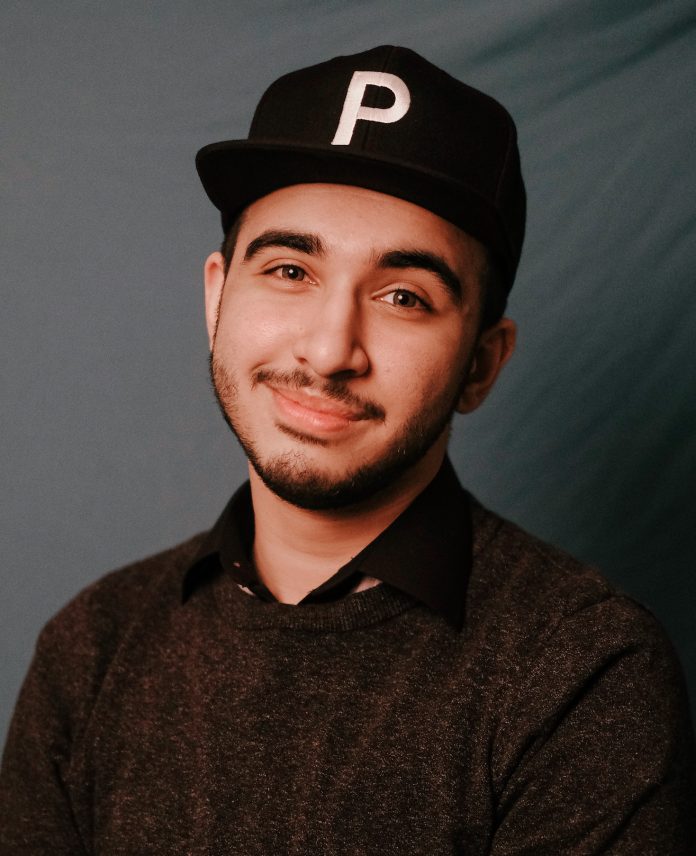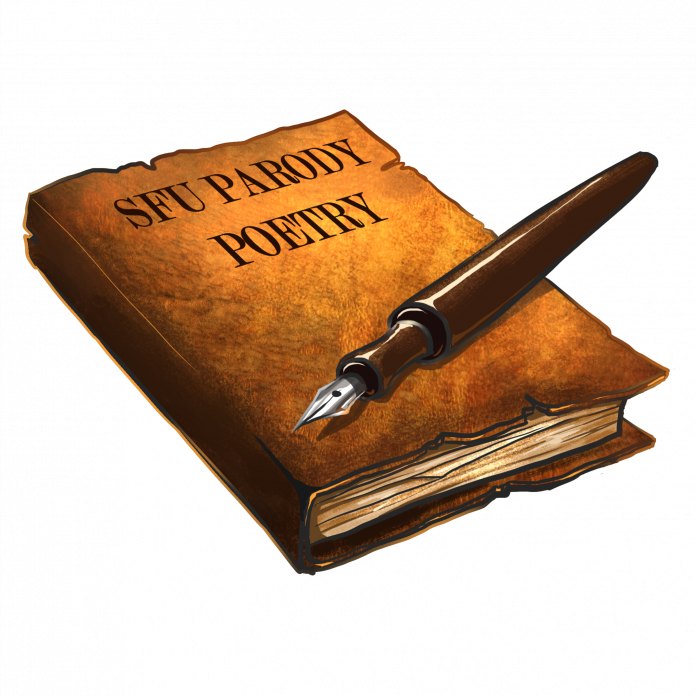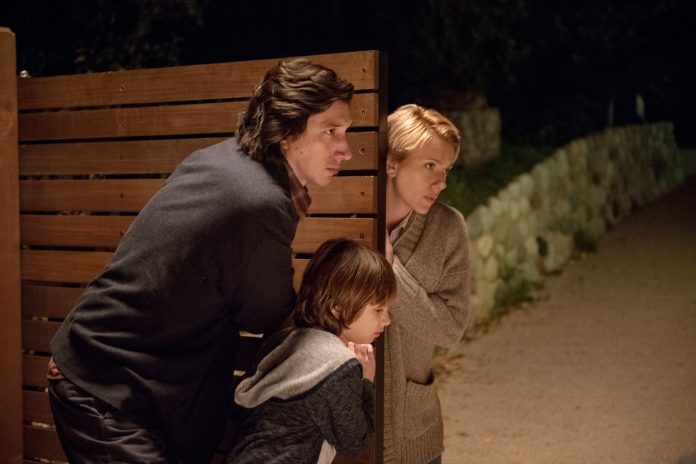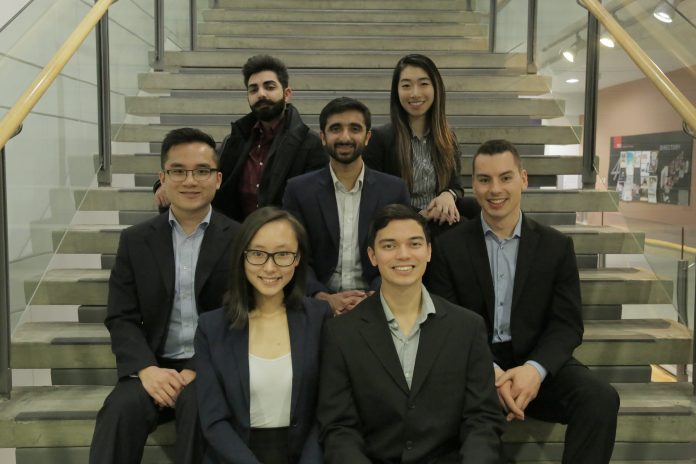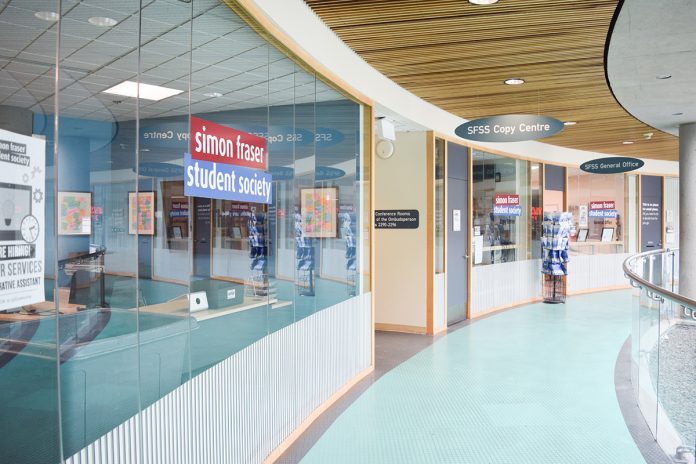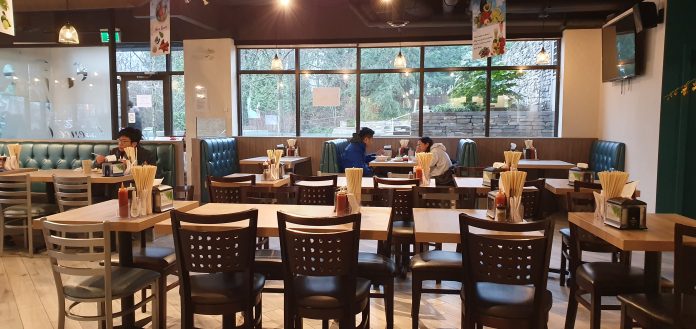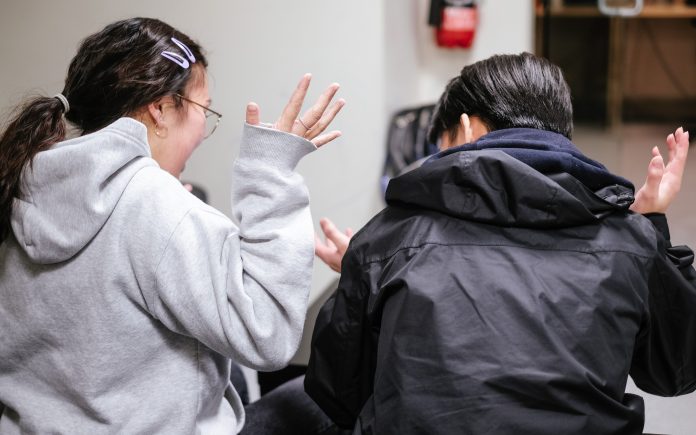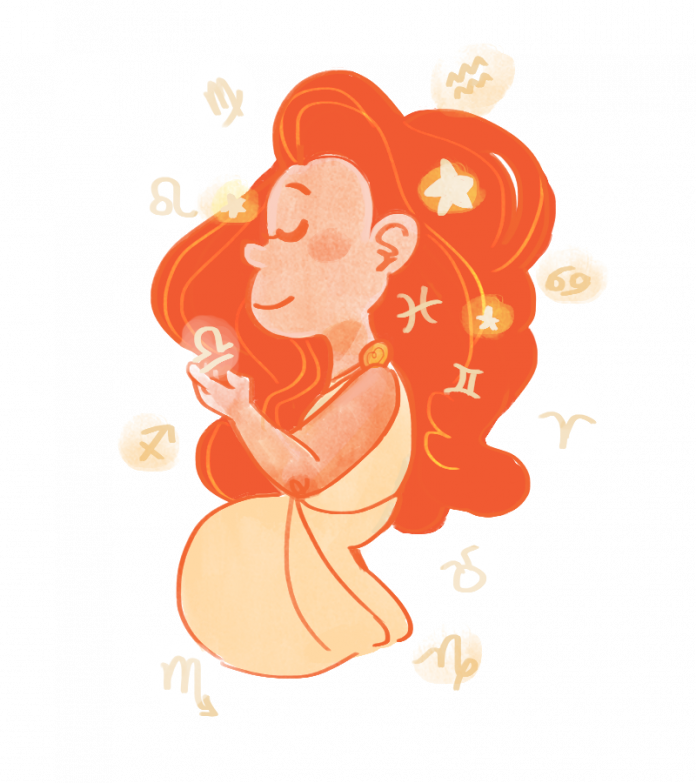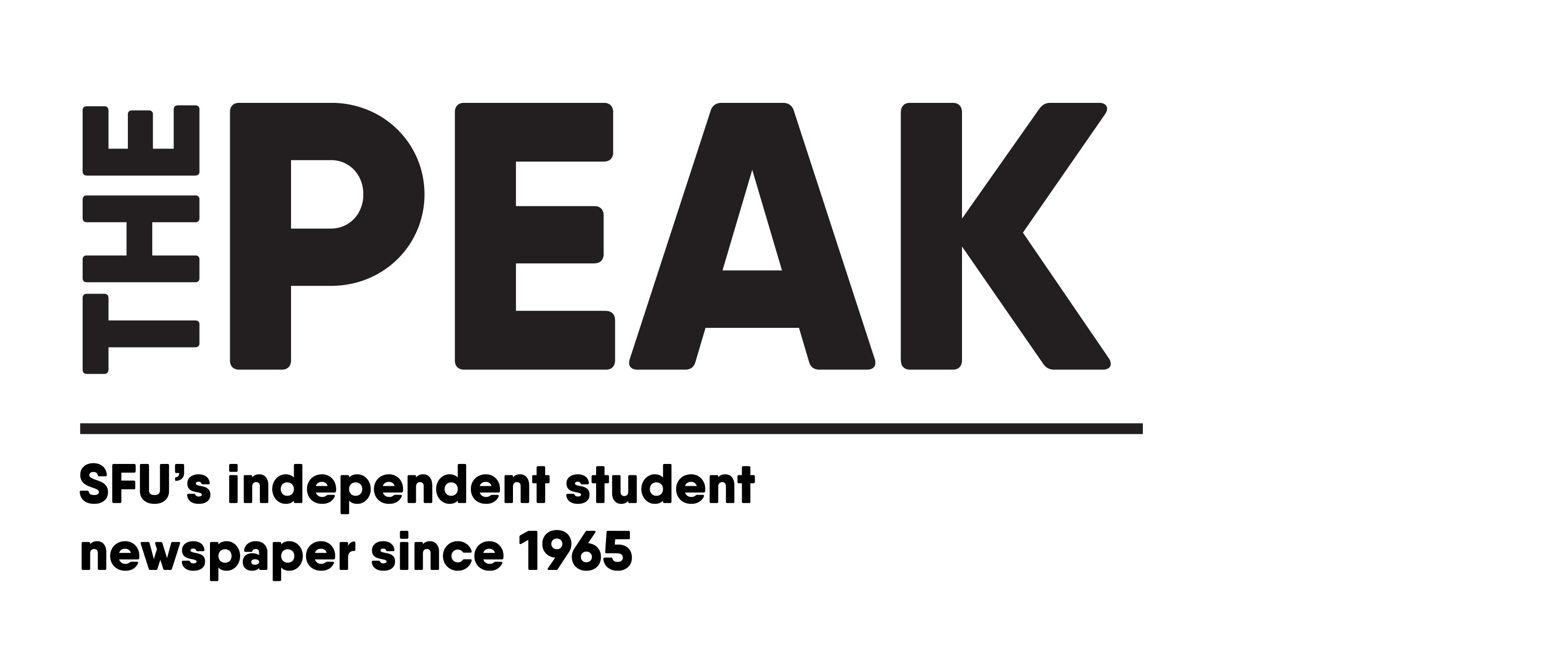Written by Zach Siddiqui, Humour Editor
As Prime Minister Justin Trudeau dons a scruffy new look for the new year, sources close to him have suggested that his new facial hair may have an ulterior motive.
“He’s totally rich because his dad Pierre was also Prime Minister,” explained Damian Lee, a former close family friend of the Trudeaus. “But really the thing about Justin Trudeau is that he has everybody’s business. He knows everything about everyone. That’s why his stubble’s so cute — it’s full of secrets.”
According to Lee, Trudeau’s choice to grow out the beard was actually a recommendation from the Canadian Security Intelligence Service (CSIS). After the SNC-Lavalin scandal and especially Trudeau’s past with blackface was leaked to the public, the Prime Minister’s entire baby face was termed a security risk to the confidentiality of national intelligence.
Ultimately, facial hair was the security solution offered by CSIS director David Vigneault. The director had recently spent his Christmas holidays marathoning Mean Girls and even Mean Girls 2 at home with his family.
“The next thing to change would be his hairdo,” Vigneualt told The Peak. “Not because of national security, but just because his hair looks sexy pushed back. Peak, will you please report that his hair looks sexy pushed back?”
Even Lee could not say which national secrets exactly were producing the rugged “daddy” look that BBC, Global News, and CBC among others have been obsessing over.
“But just imagine if we did,” he gushed. “I bet Justin could tell the world which cast romances on The CW’s shows are real and which ones are just for PR.”
The revelation comes only a few weeks after Trudeau was branded the “Regina George of NATO” by credible news sources. Now that he’s also taken after Gretchen Wieners, Trudeau’s devotion to plastics is as clear and potentially environmentally destructive as his stance on the Kinder Morgan pipeline.
SEE MORE: “Liberals hide Kinder Morgan pipeline under pile of gathered autumn leaves”
Trudeau declined to comment on Lee’s allegations. He was too busy standing in the rain, bouncing his pecs and announcing that there was a 30% chance that it was, in fact, already raining.
